Twin Creek RV Resort, Gatlinburg, Tennessee
One from her family line will arise to take her place (Ptolemy III Euergetes). He will attack the forces of the king of the North (Seleucus II Callinicus) and enter his fortress; he will fight against them and be victorious. He will also seize their gods, their metal images and their valuable articles of silver and gold and carry them off to Egypt. For some years he will leave the king of the North alone. ~ Daniel 11:7-8

Ptolemy III Euergetes – South
- Ruled 246-221BC
- He was Berenice’s brother
- Outraged by the murder of his sister and her son, Euergetes attacked Seleucus II Callinicus (the successor to the Seleucid throne) and entered into Syria and Babylon

Seleucus II Callinicus – North
- Ruled 246-226BC
- Son of Theos and Theos’ half-sister, Laodice
- He lost most of the Seleucid kingdom during the wars with Euergetes
- Callinicus died when he fell off his horse
It poured down the rain all day today, so we opted for a visit to Alcatraz East.
It’s a museum in Gatlinburg that houses all sorts of criminal information, and after discussing all the indoor options in the area last night, it’s the one that most peaked all our interests.

I could’ve taken a thousand pictures today! It was all very interesting. There were some hands-on exhibits, artifacts and a lot of reading about all kinds of crime related stuff, including CSI things.
Enjoy the piddly amount I’m sharing today. Go to the museum if you’re ever near Gatlinburg. It was a great way to spend four hours on a rainy day, for only $20/person!

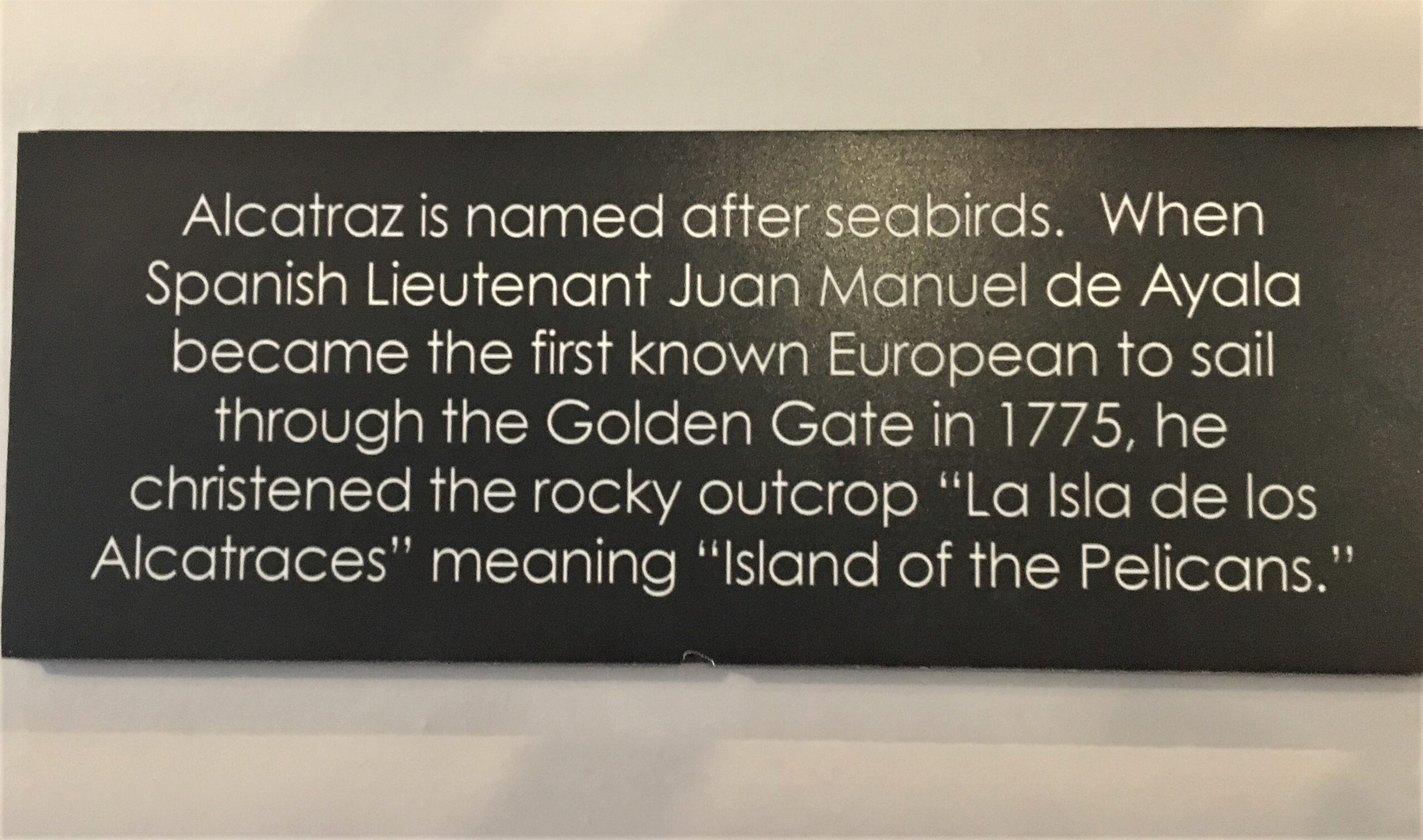
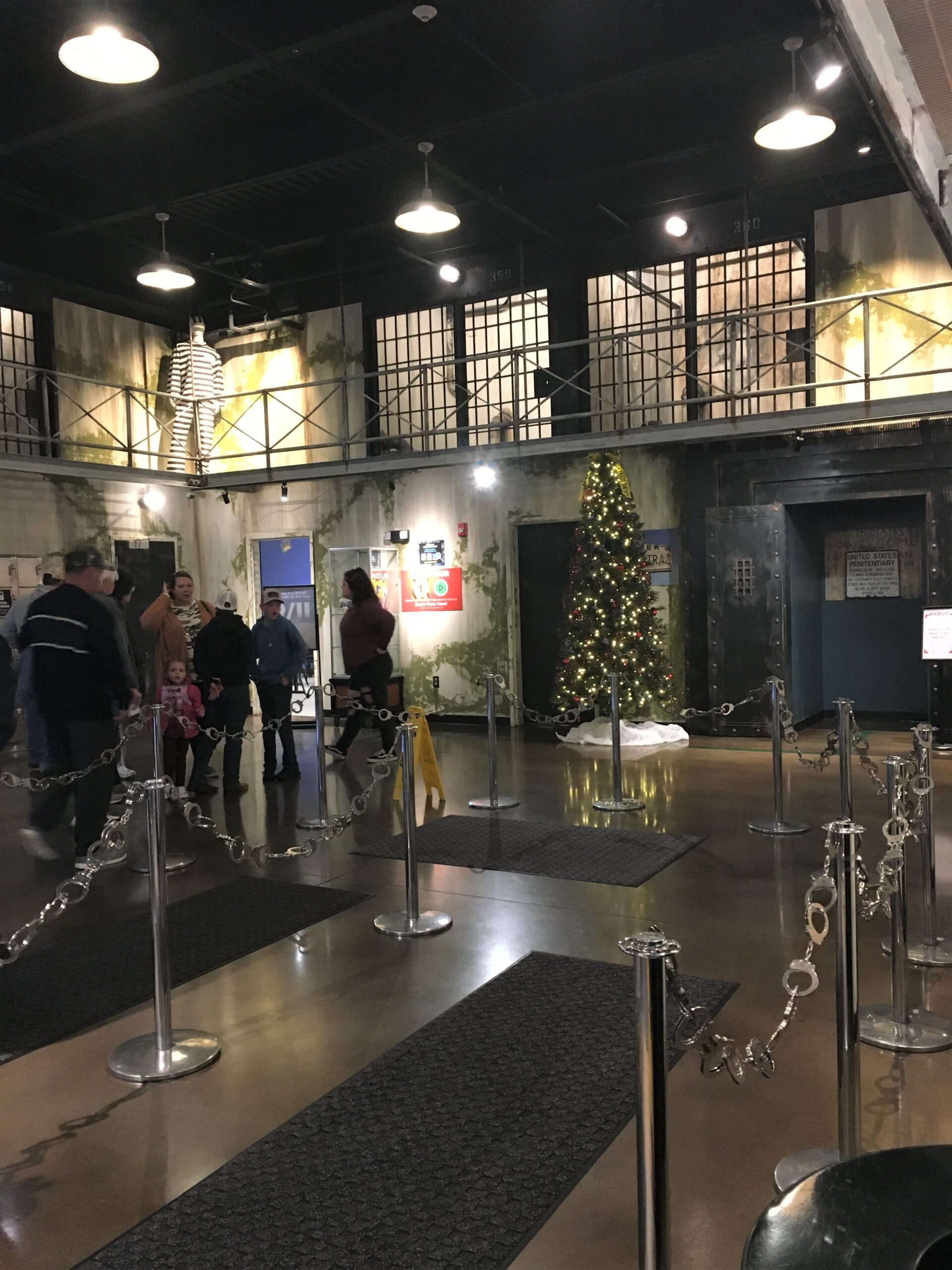
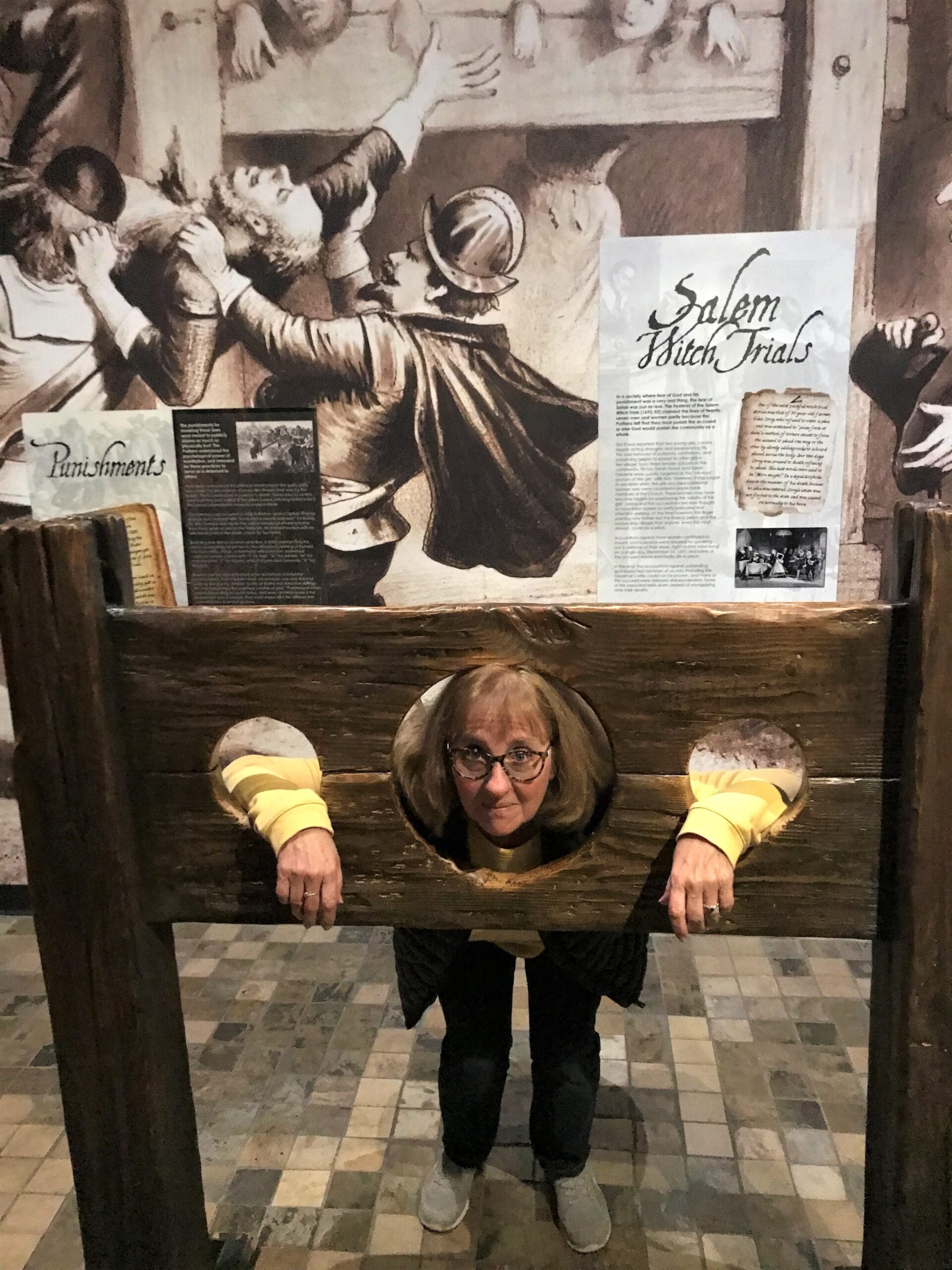
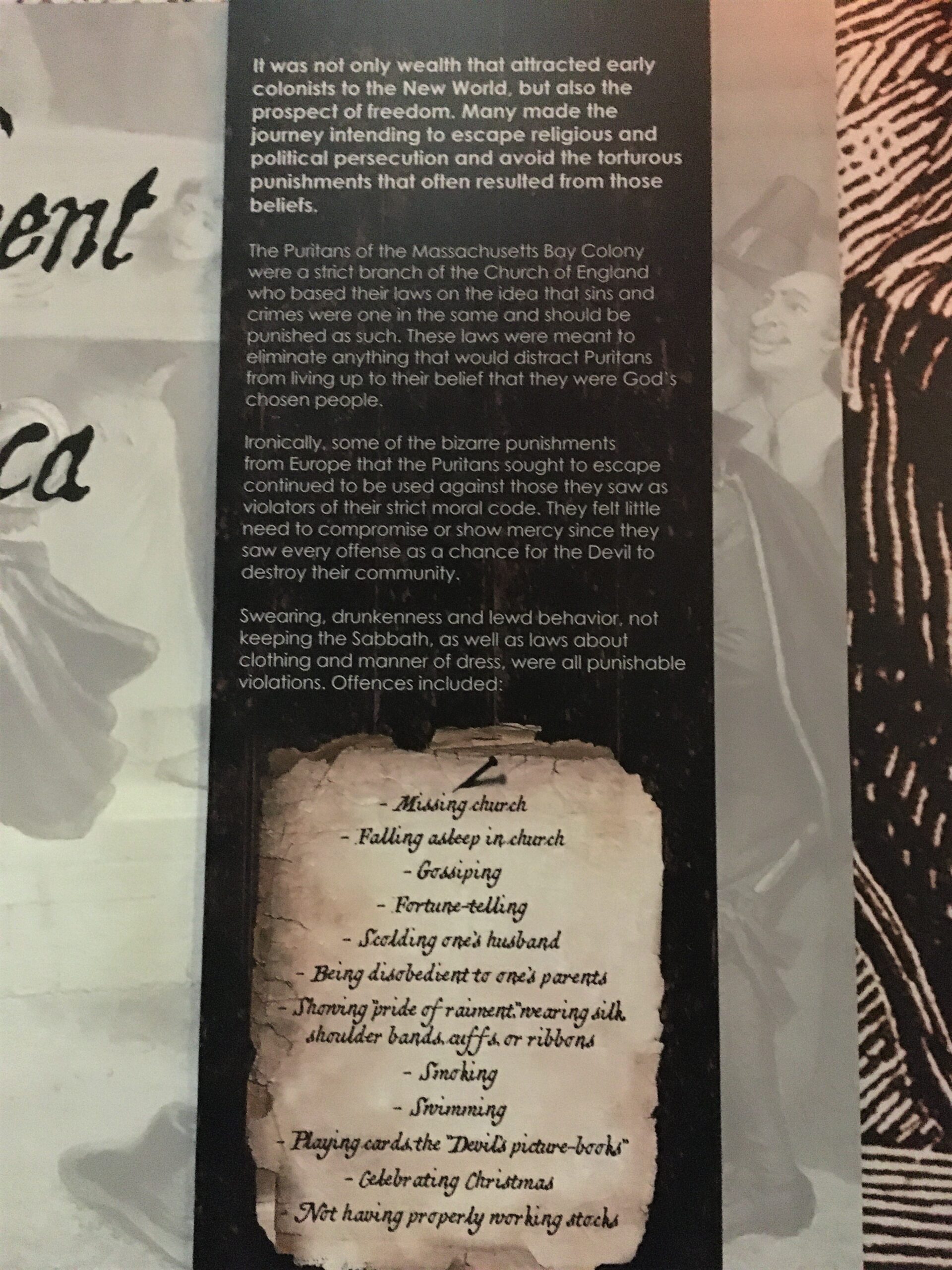
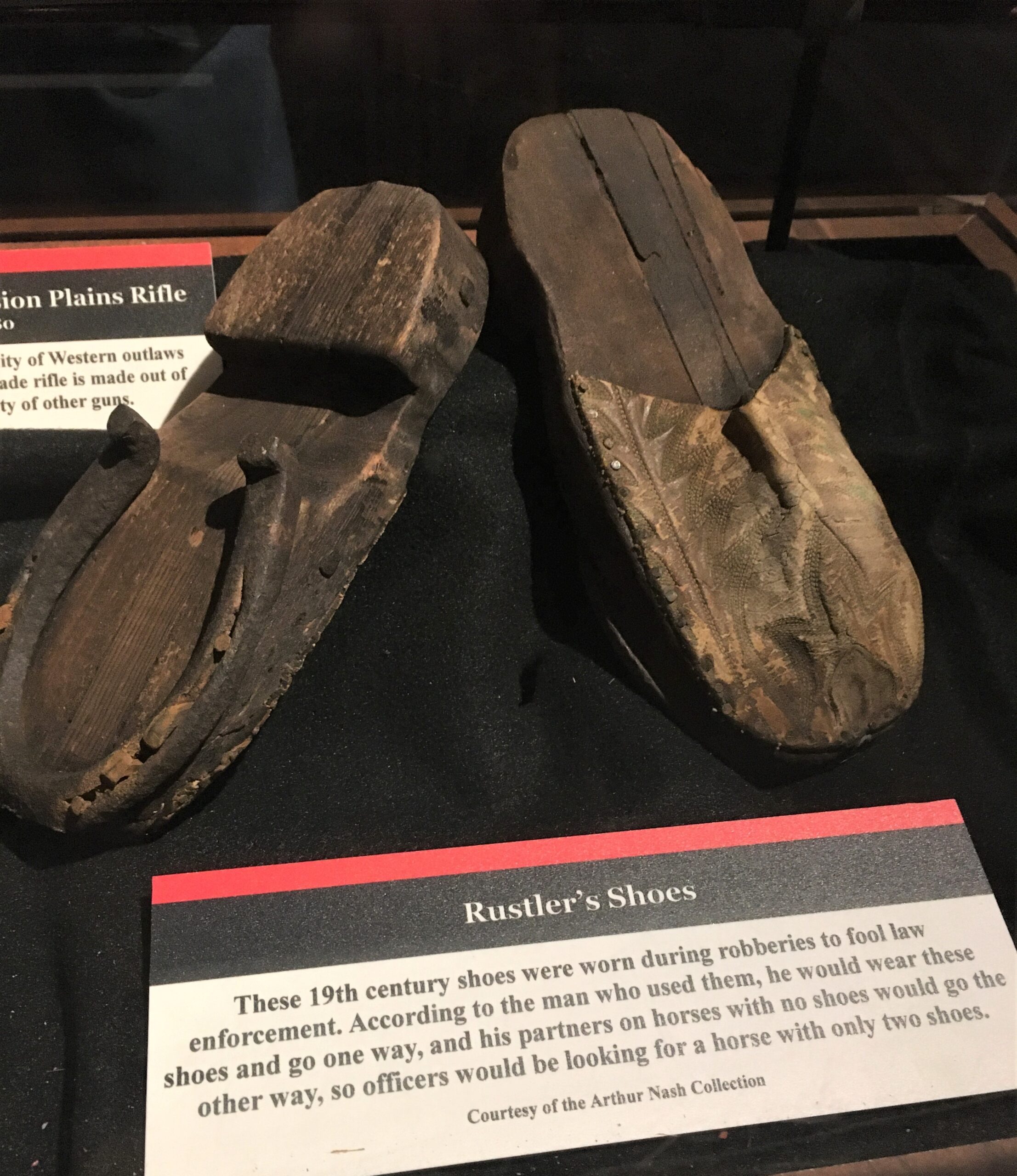
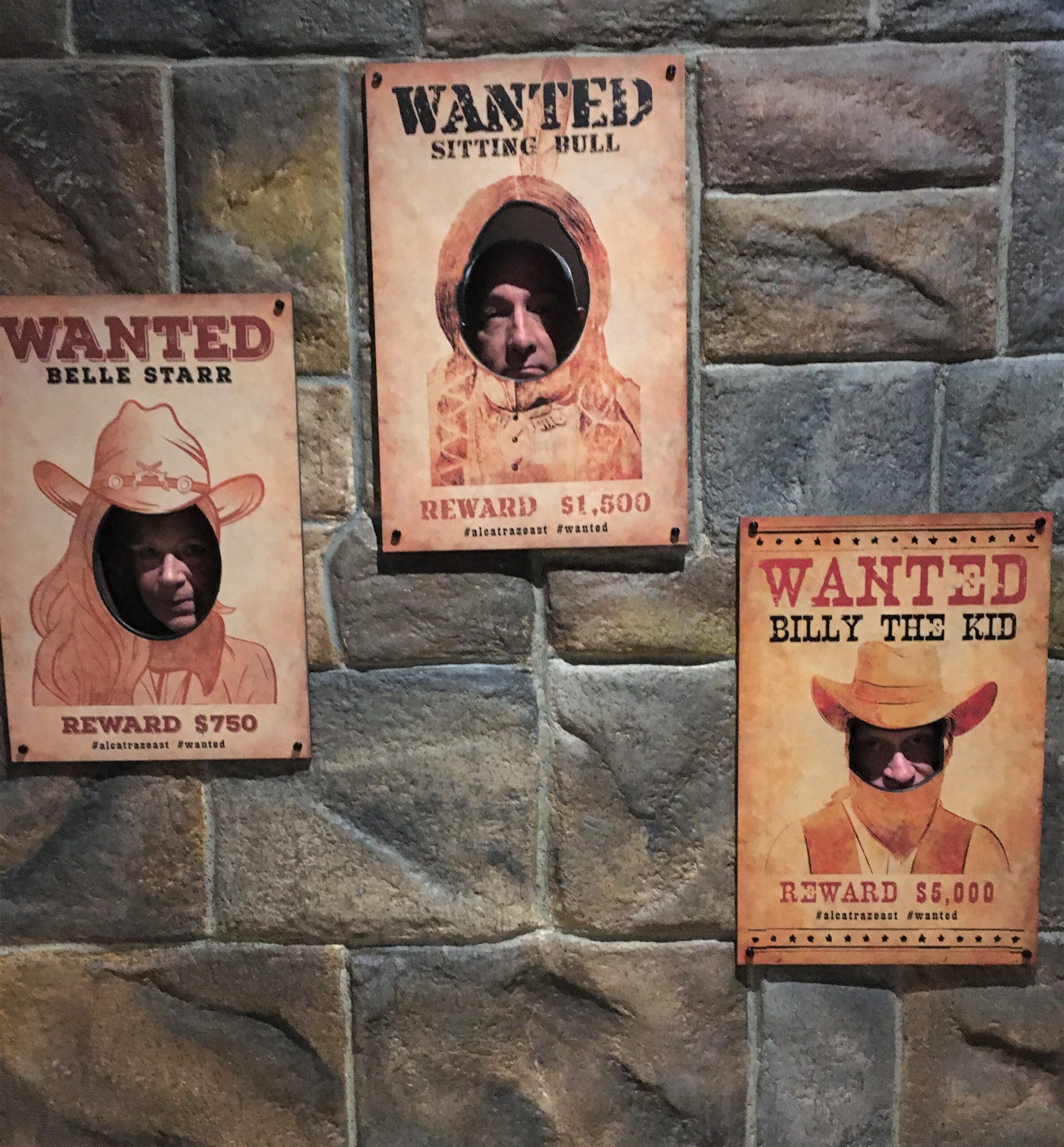
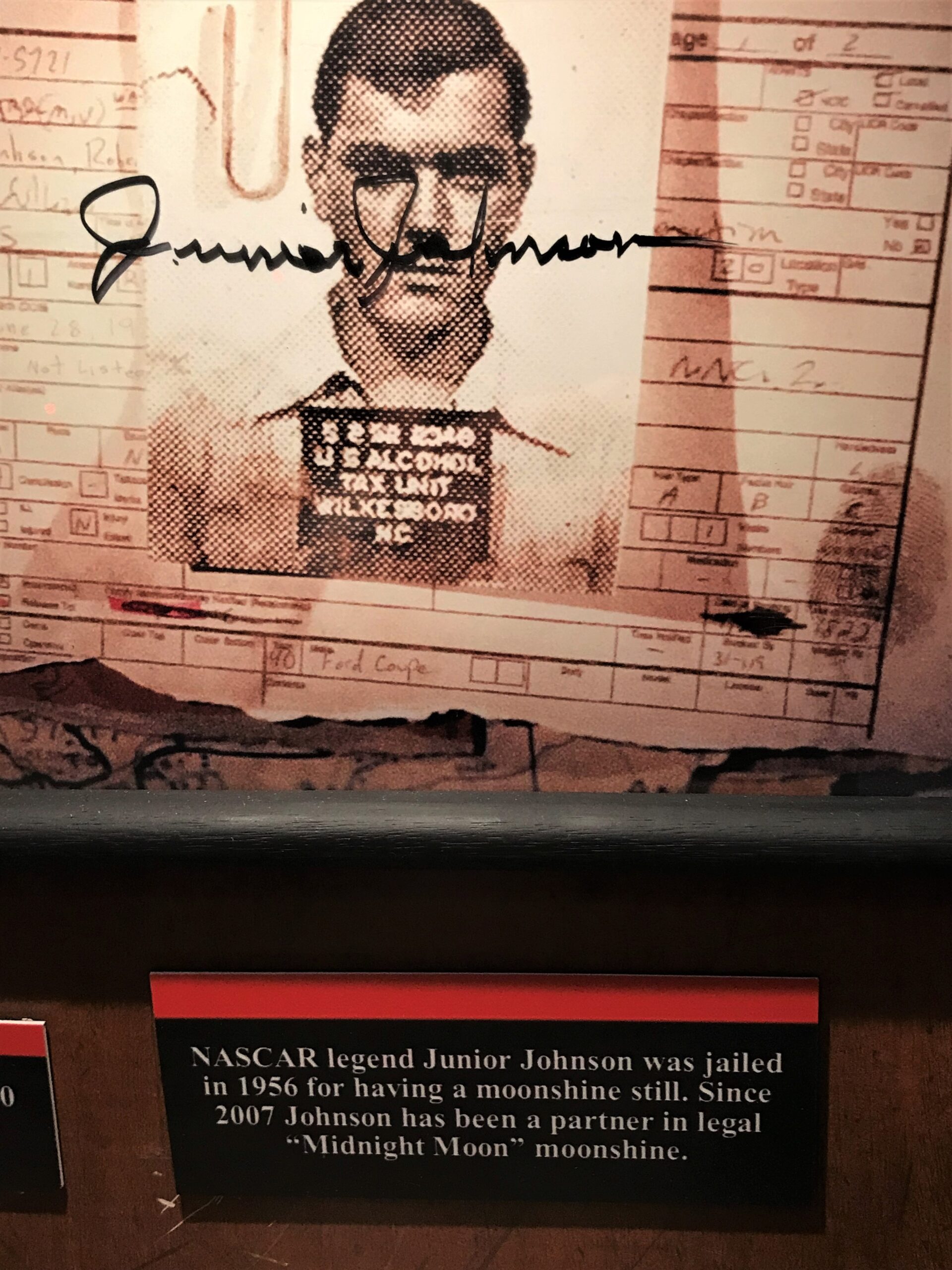

We didn’t do it, but a young couple behind us did.
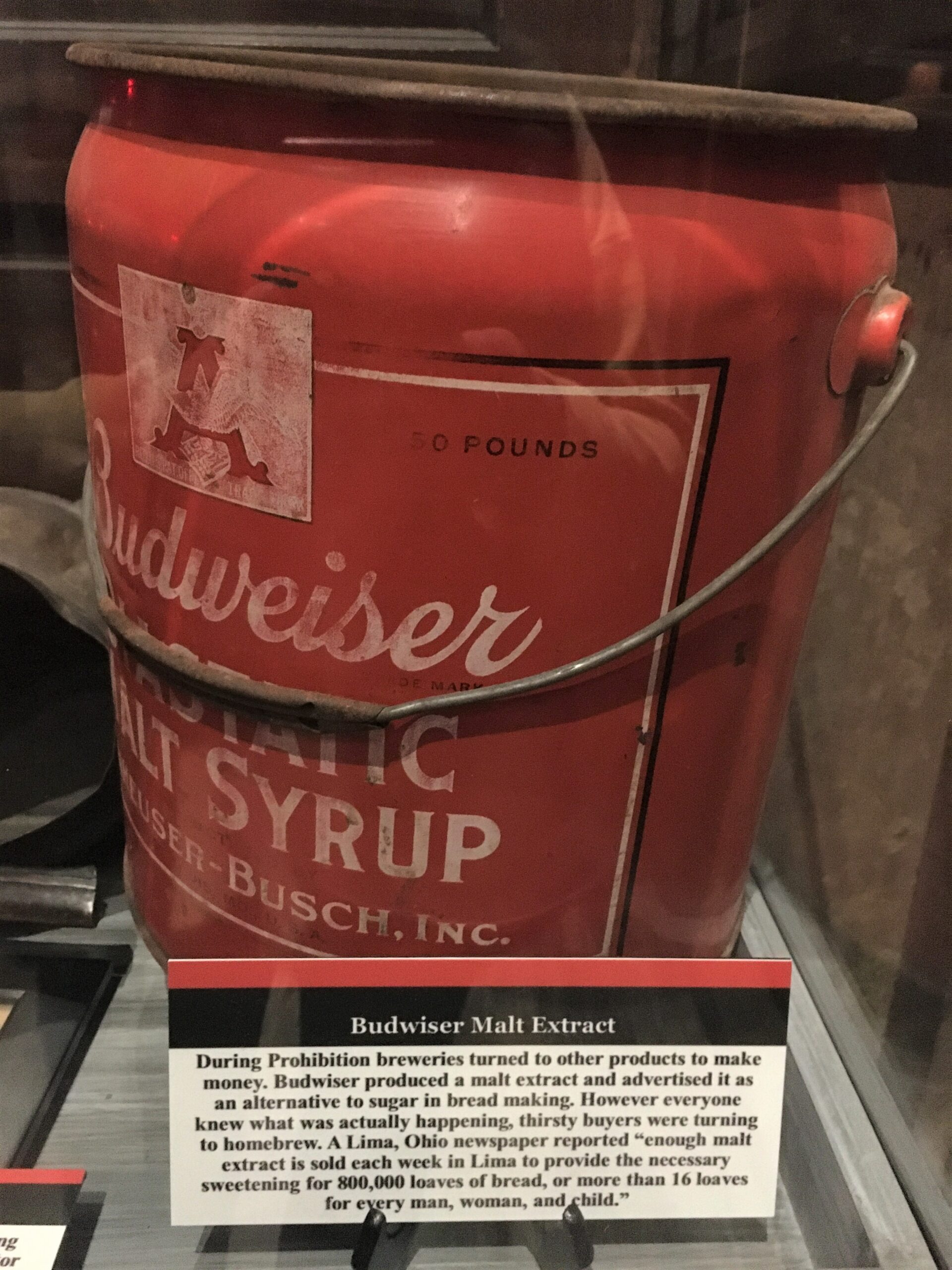
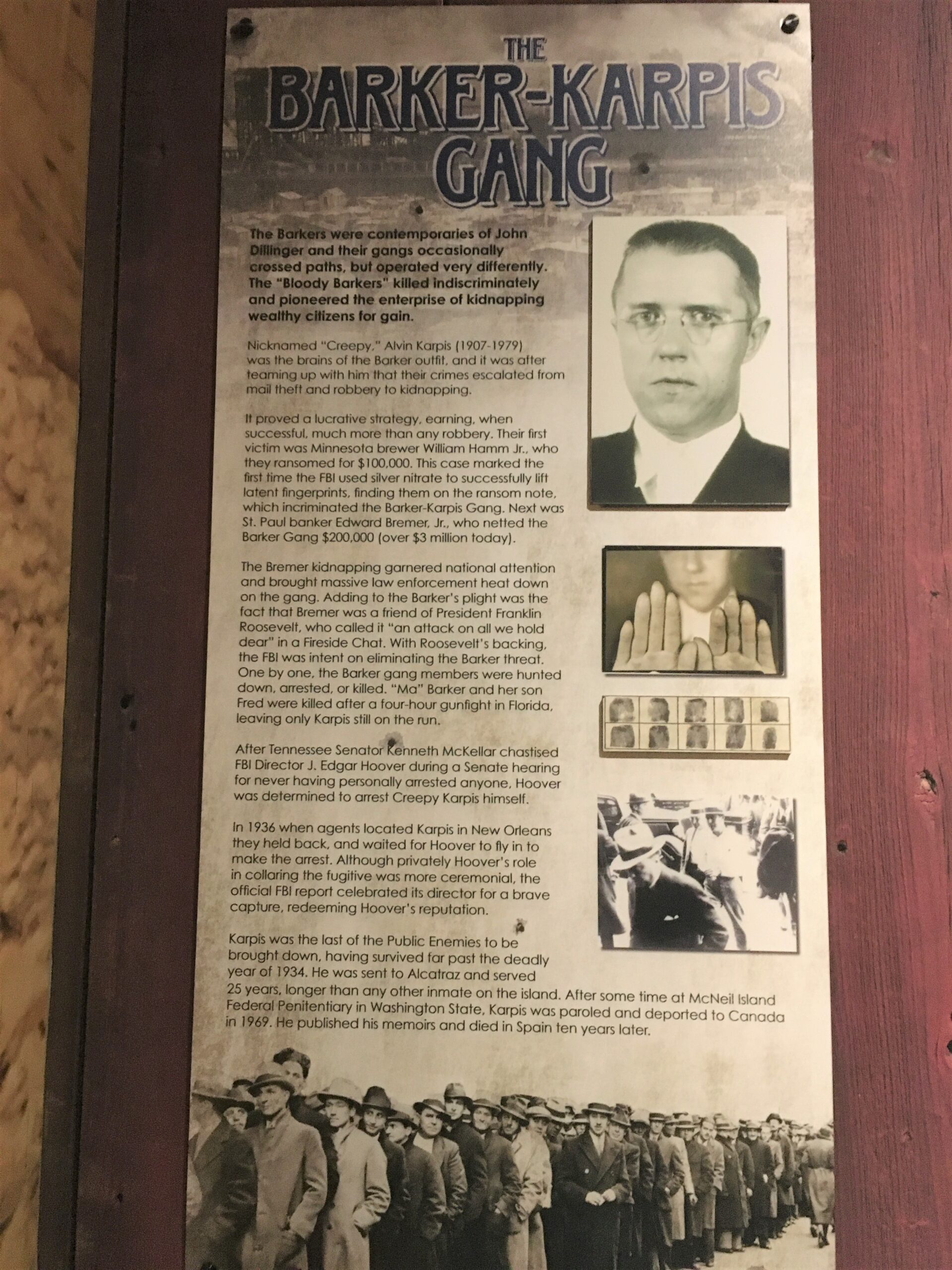

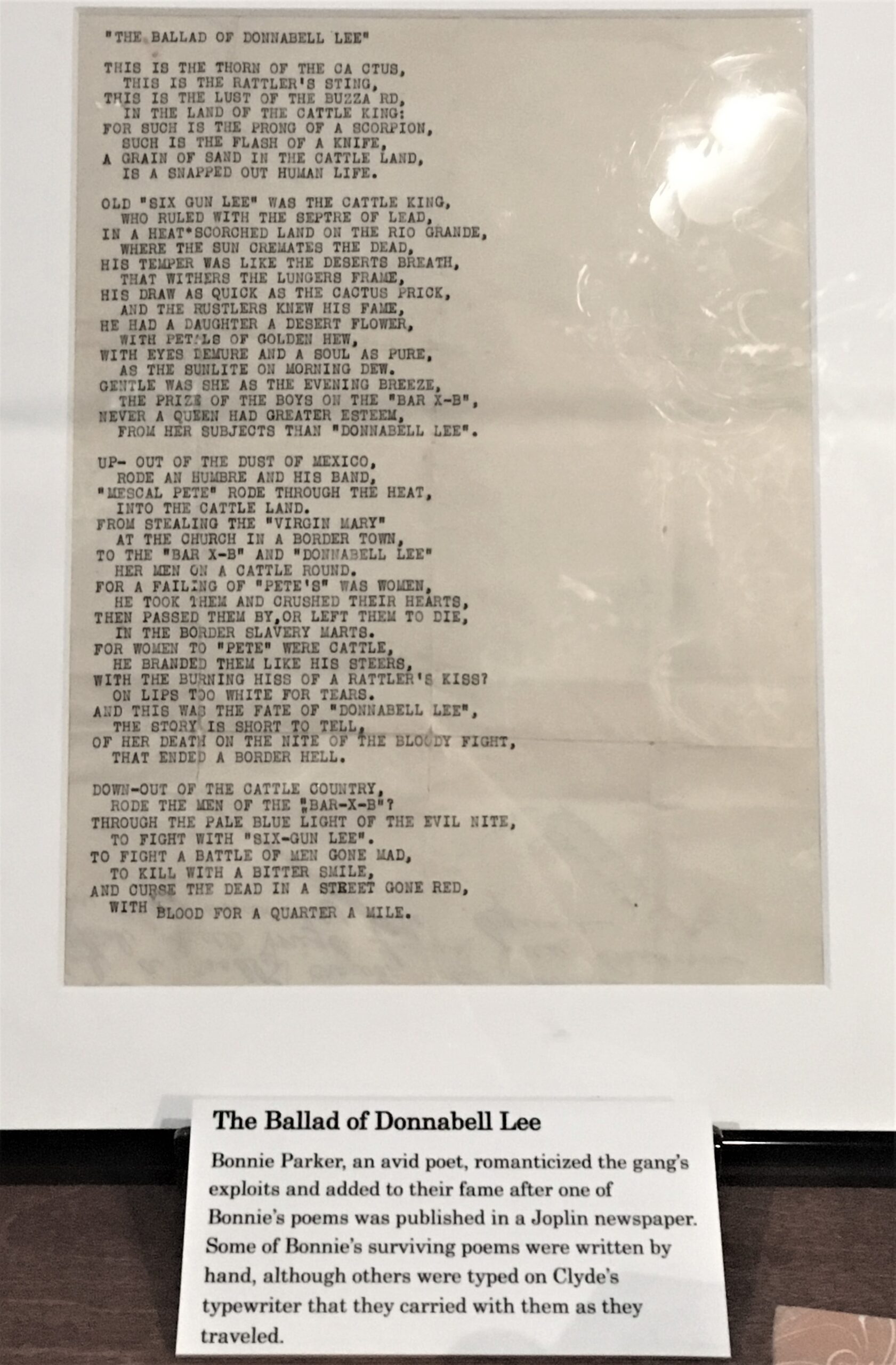
It’s actually pretty good!
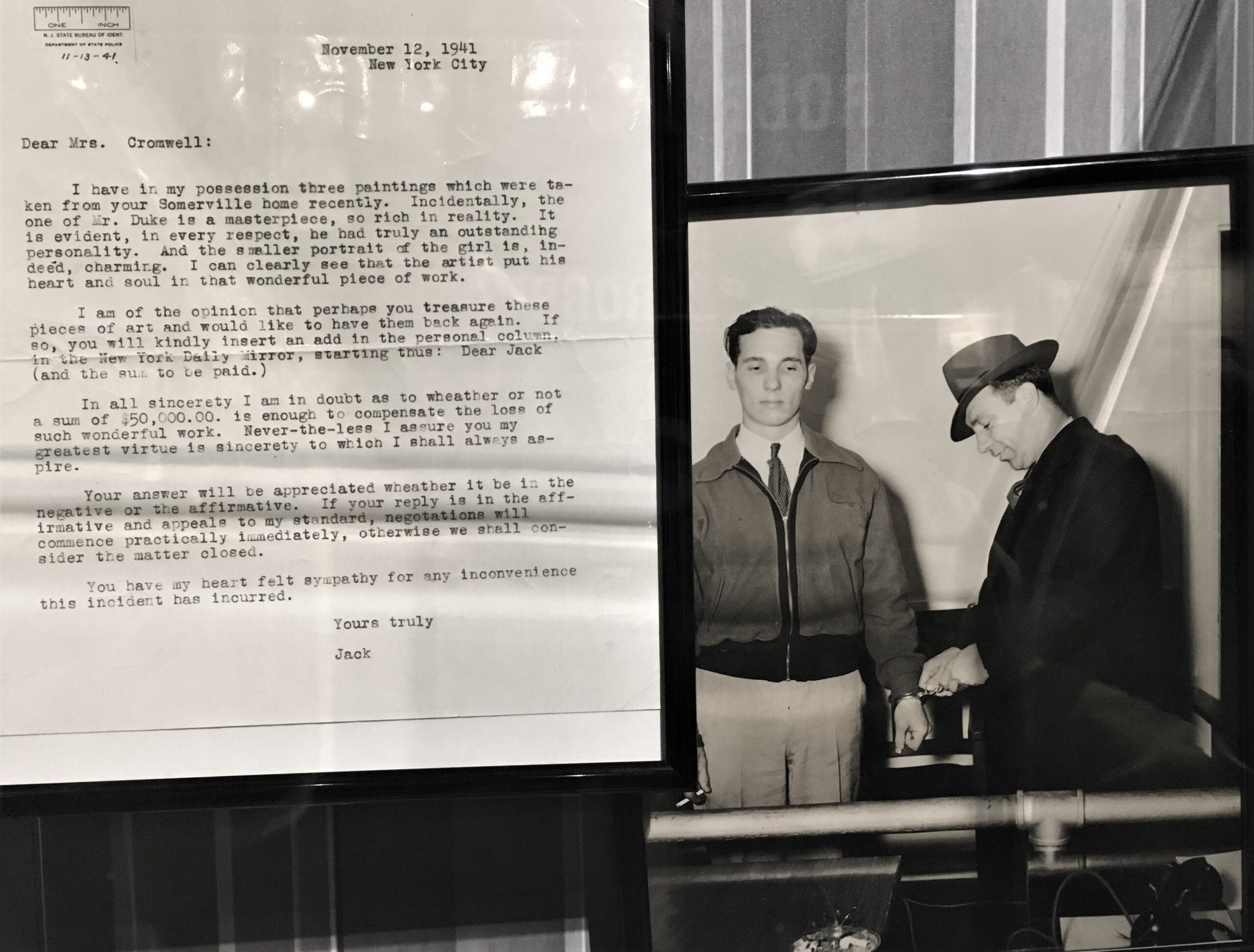

His life was the basis for the movie “Catch Me If You Can” with Tom Hanks and Leonardo DiCaprio.
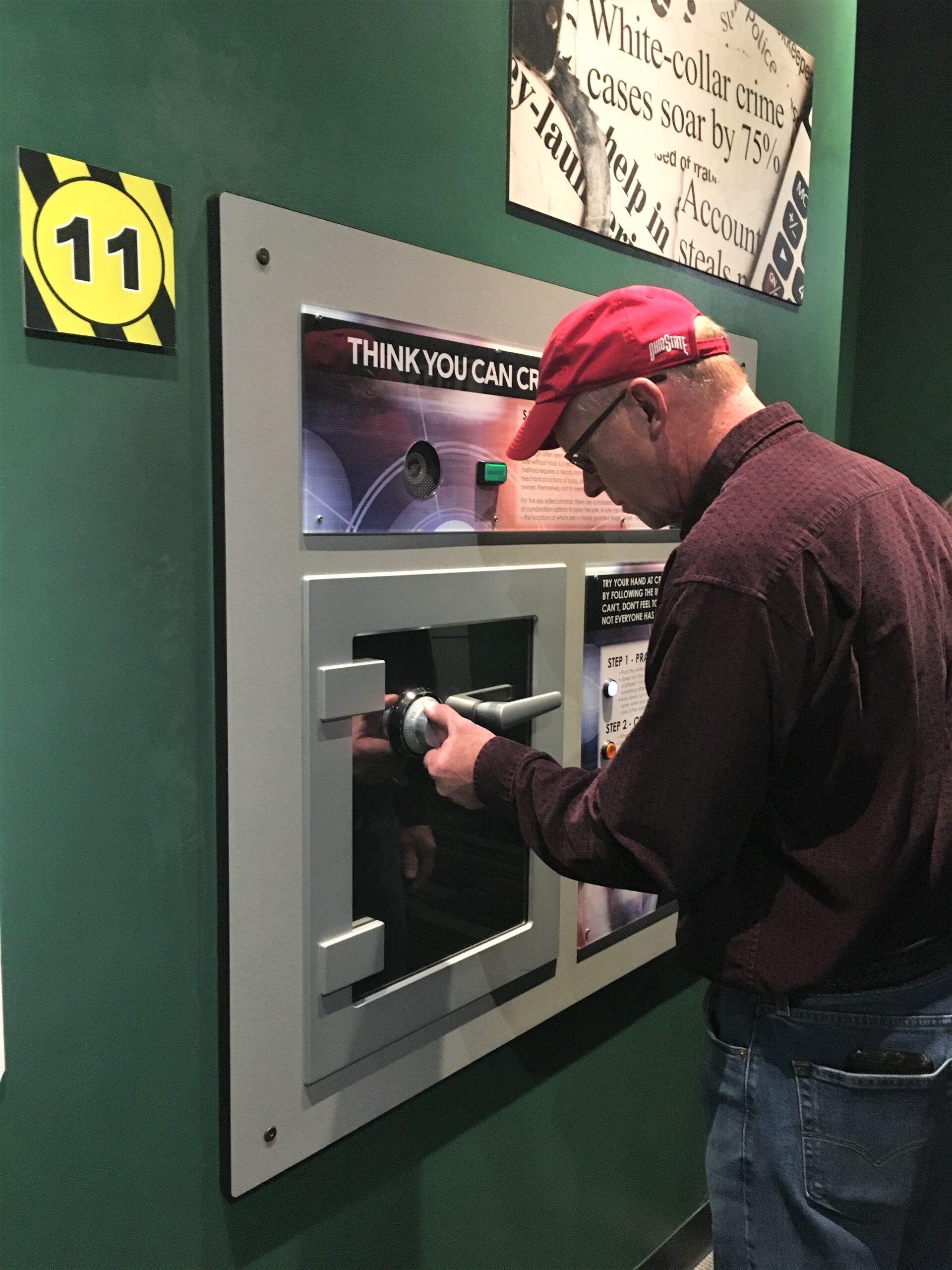
Only took him two tries!



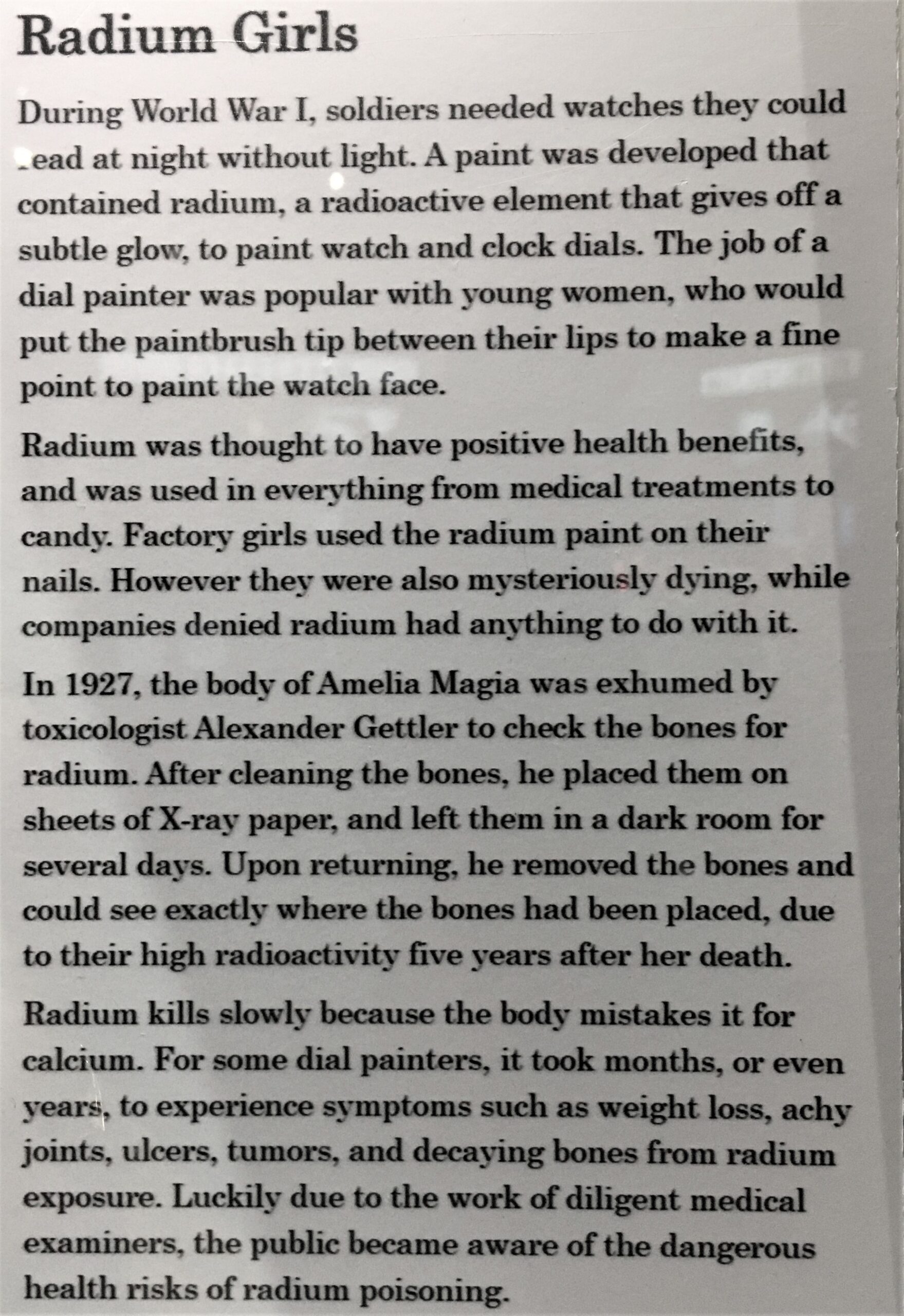


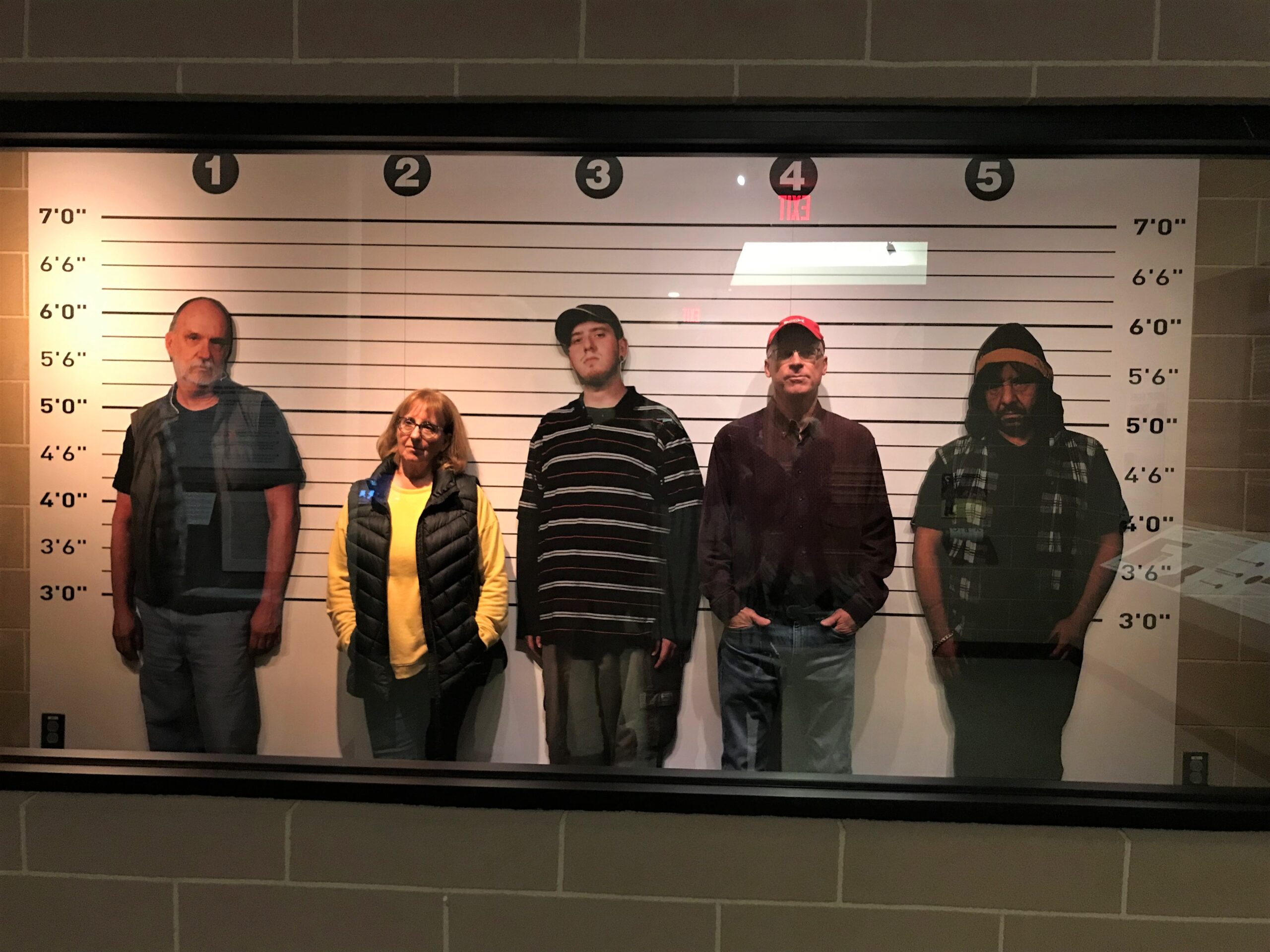
We discovered that was actually a one-way mirror.
Pretty neat!
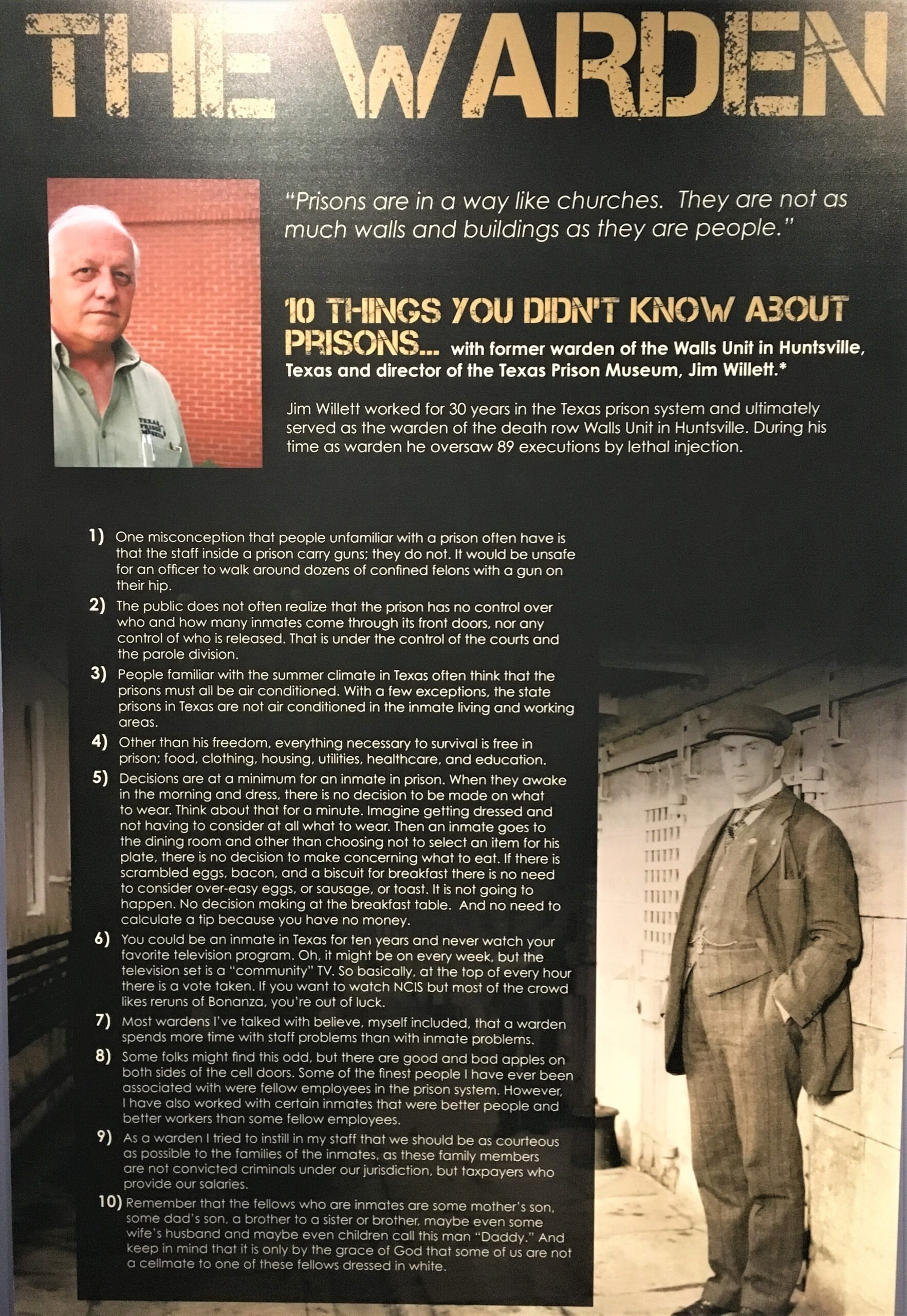

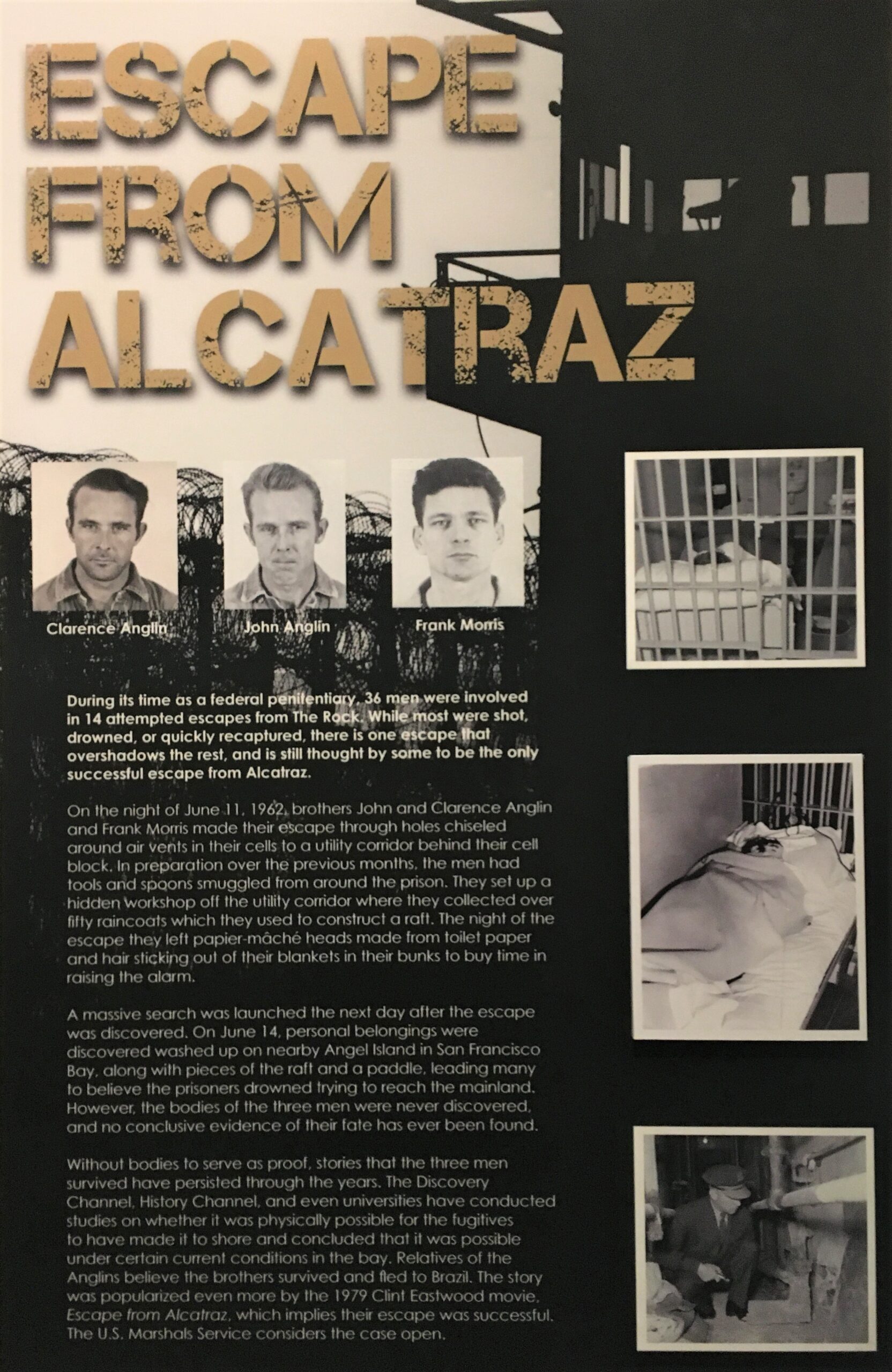
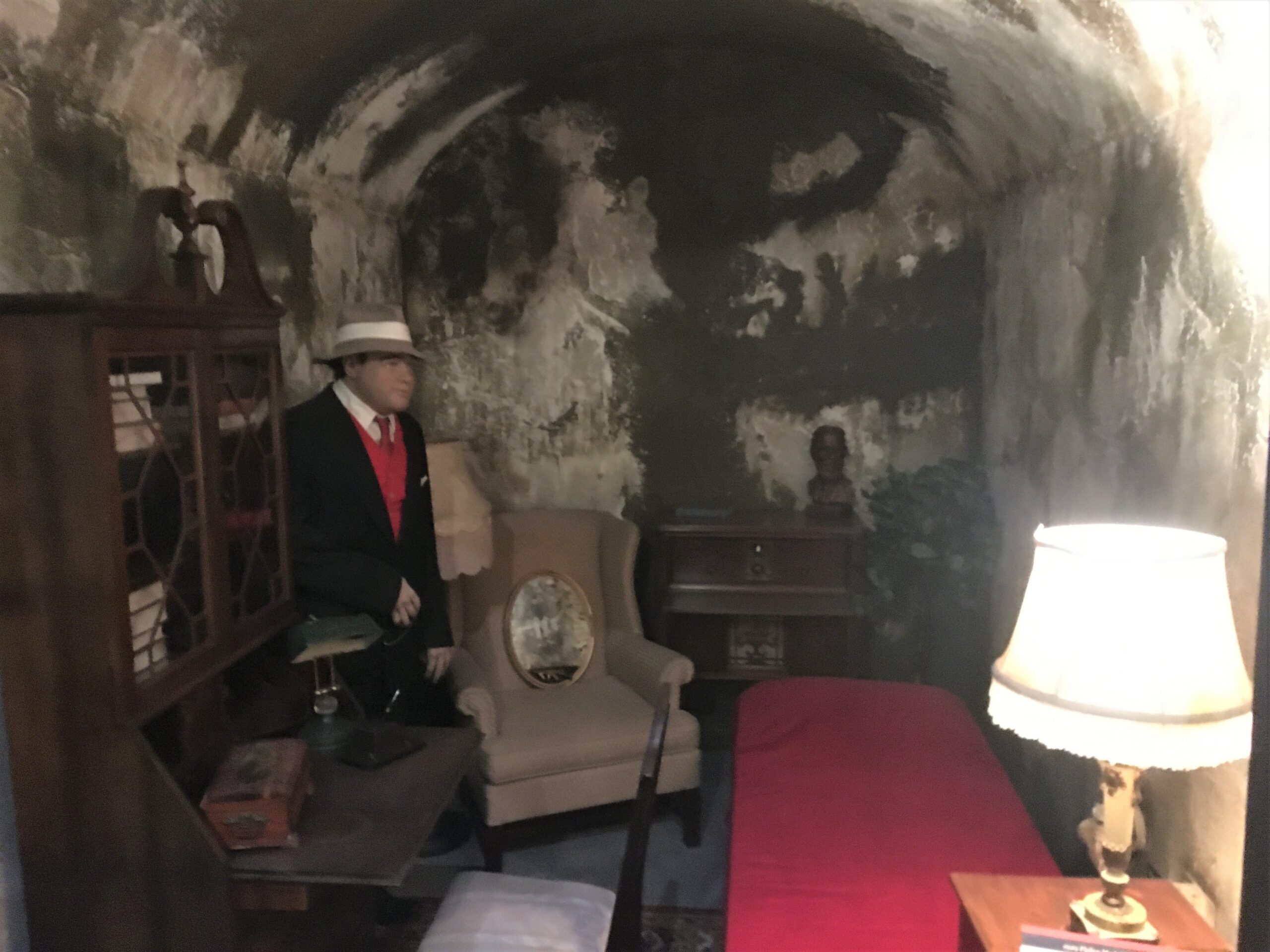

Blaine and I couldn’t decide because we love everything!





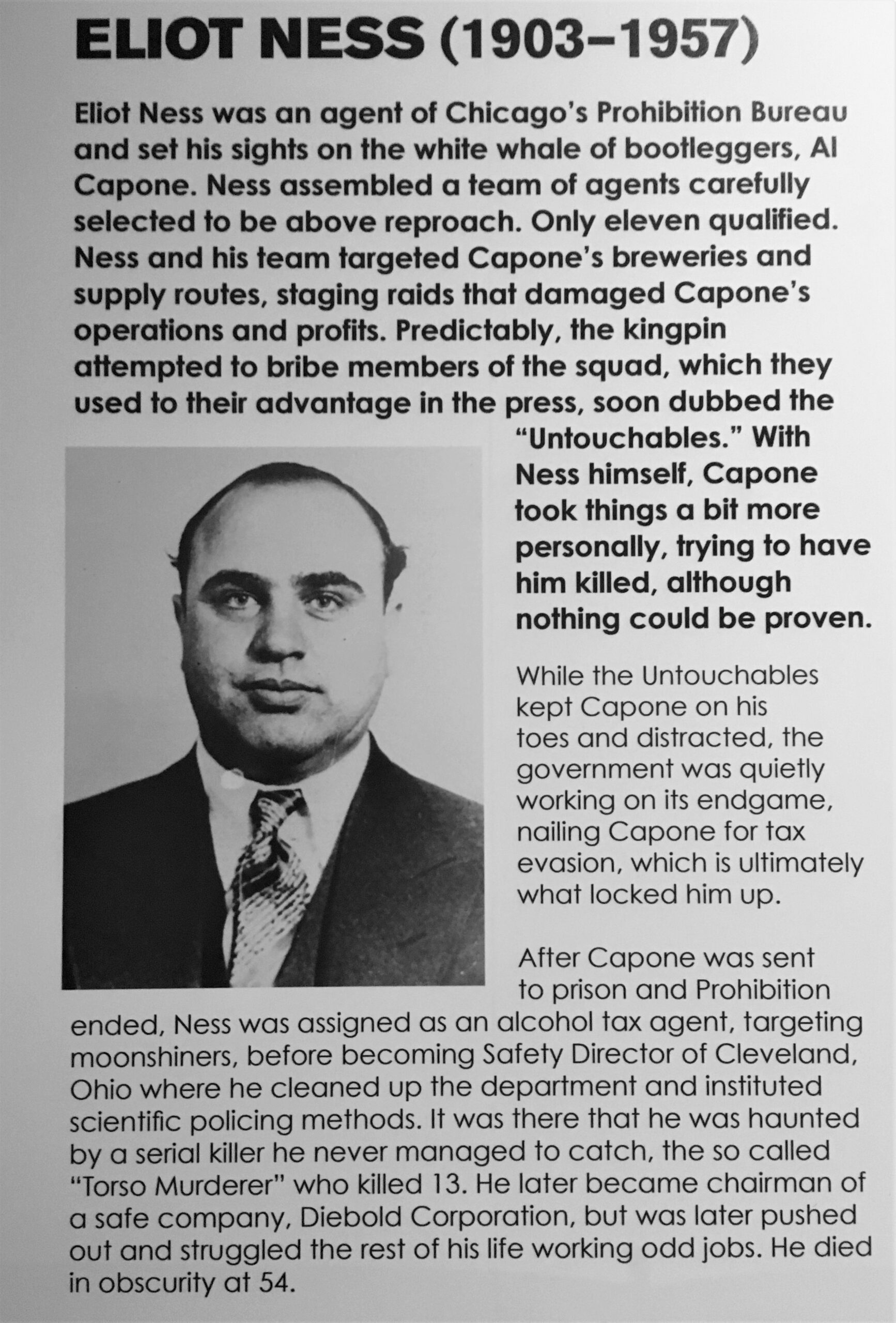

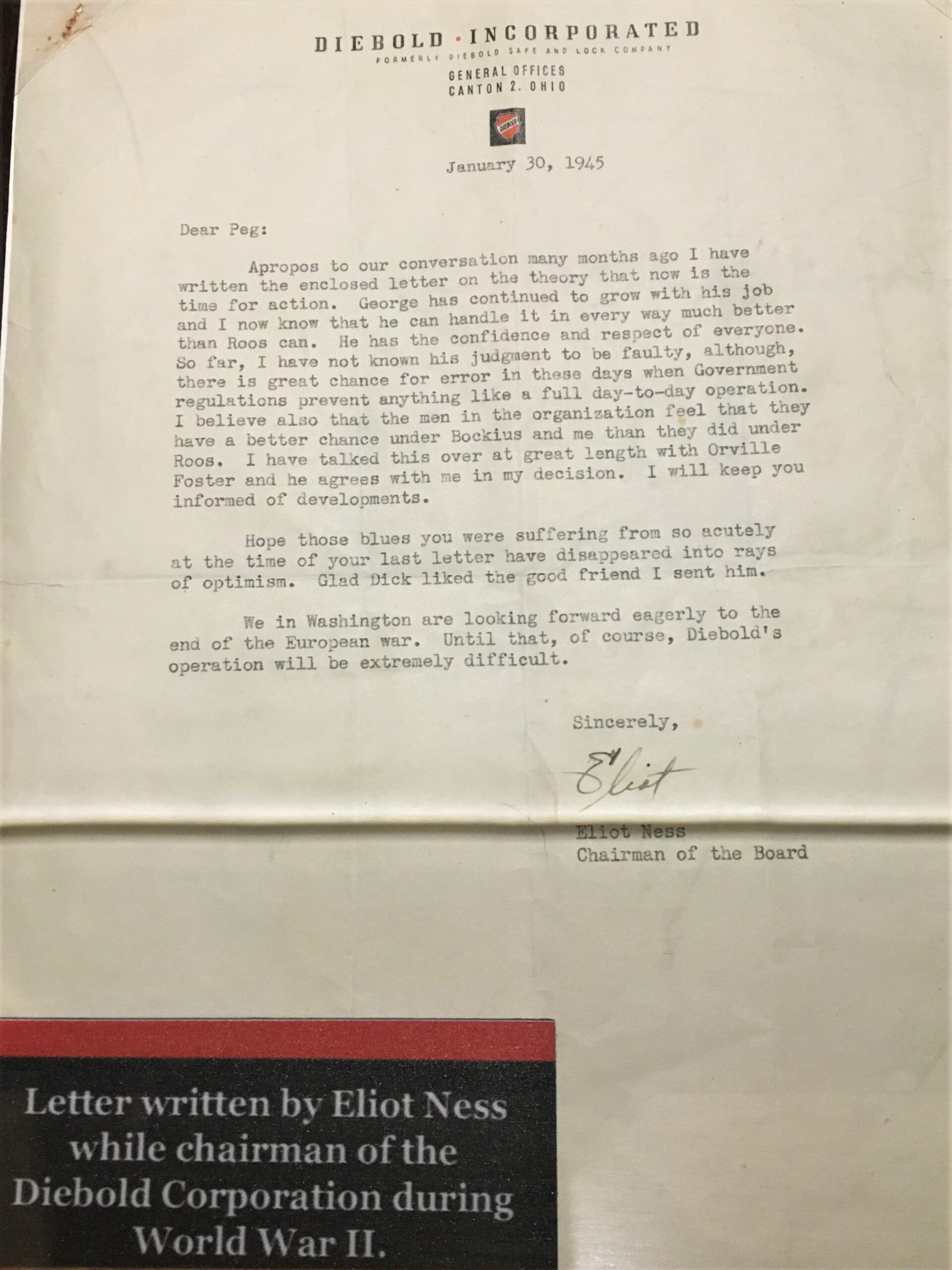





Very cool, but very different from yesterday!


Before you go, are you curious about the REAL Alcatraz? My curiosity drug me into an historical search, so I’ll share a few facts with you.

Alcatraz Island served several functions over the years, and has been part of our National Park Service since 1972. It’s first 80 years were used as the first US fortress and military prison on the West Coast. Its most infamous period began when the federal government decided to modernize the facilities in the 1930s and make it a maximum-security, minimum-privilege penitentiary specially designed for inmates that other prisons couldn’t contain or control. During 29 years of operation, they incarcerated more than 1,500 convicts. It closed in 1963 mostly due to skyrocketing operating expenses. From 1969-1971, it was occupied by Native American activists intent on bring the plight of their people to the awareness of the people of the United States.
Back to the expenses. Because it was on an island, everything had to be shipped. One example I found was water. There was no fresh water on the island, so over one million gallons had to be brought in each and every week! The other expense? Upkeep. The salt water was breaking it down and I read that at the time of its closing in 1963, $3-5 million in maintenance work would’ve been needed in order to keep the prison open safely. (That’s $29-48 million today)
The island covers 22 acres, is 135’ tall, and is roughly 1.5 miles from the shores of San Francisco.
There were four wardens during the 29 years and though I tried, I couldn’t find a number for guards. There were usually around 250 prisoners at any given time, but full capacity was 336 cells. However, they never got close to reaching that number. At any given time, there were 300 families living on the island – men, women and children. The men were on staff in various capacities.
The cells were 5’ x 9’
8 men were murdered, 5 committed suicide and 15 died of natural causes during the 29 years. Inmates remained in Alcatraz an average of 8 years.
Some inmates from other prisons actually requested to be sent to Alcatraz because they’d heard the food was exceptional and the guards were nicer.
The first prisoner logged in to the Alcatraz Federal Penitentiary was on August 11, 1934. His name was Frank Bolt, convicted by the US Army in Panama for sodomy in 1932 and served two years in a Pacific area military prison before being sent to Alcatraz. He actually arrived two months before the prison officially opened.
The last inmate arrived in December, 1962. He was also the last one to leave the island when they closed March 21, 1963. He was a gun smuggler sent to Alcatraz from Anchorage, Alaska.
For additional interesting information, check these out:
https://www.history.com/news/10-things-you-may-not-know-about-alcatraz
